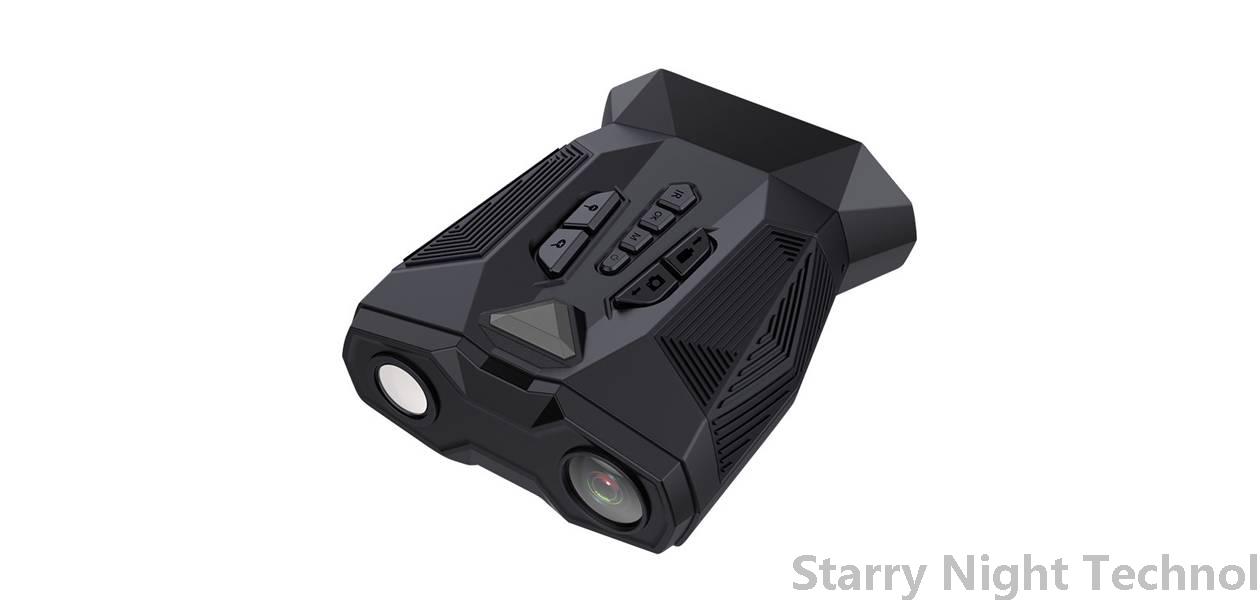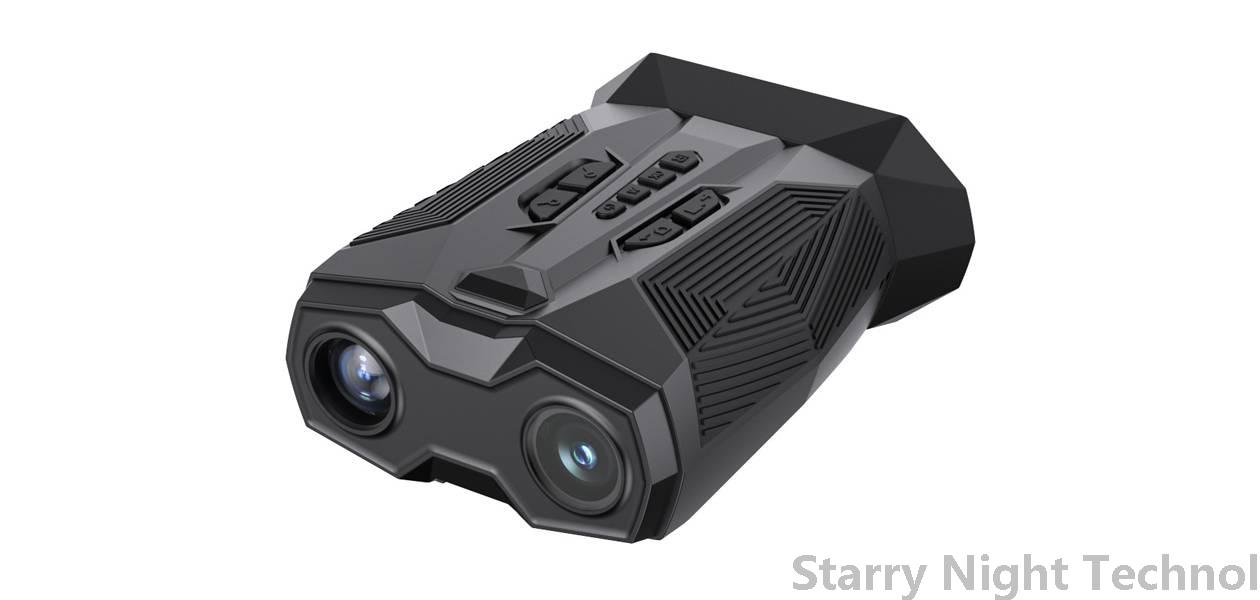Night Vision Devices: Enhancing Performance in Military and Medical Fields
1755518412000

With the decline of daylight, our natural visual capabilities hinder our ability to navigate effectively. Enter night vision devices (NVDs), technologies that have dramatically enhanced visibility during nighttime operations across various fields. While originally developed for military applications, these advanced optical systems are increasingly being adapted for use in the medical field, showcasing their versatility and importance.
#### Historical Context of Night Vision Technology
Night vision technology emerged during World War II but has its roots even earlier with the development of simple infrared systems. Initial innovations were rudimentary and bulky, providing limited performance under very restricted conditions. Over the decades, the technology evolved rapidly, incorporating advances such as image intensification and thermal imaging. The Vietnam War propelled the development of modern night vision goggles, allowing soldiers to operate effectively during low-light scenarios.
Today’s night vision devices utilize several core principles including image intensification, which amplifies existing light; and thermal imaging, which detects heat emitted by objects. Each type offers distinct advantages depending on operational requirements, enhancing the effectiveness of personnel engaged in combat or related activities.
#### Military Applications
In military contexts, NVDs serve a myriad of critical roles. They provide unparalleled battlefield awareness, enabling troops to maneuver undetected at night while safeguarding life and property. Soldiers equipped with NVGs can identify targets accurately without exposing themselves to enemy fire, leading to improved tactical decision-making.
Night vision devices also play a vital role in reconnaissance missions and surveillance operations. By allowing situational awareness in darkness, commanders maximize the effectiveness of strategic planning and execution. These devices enhance not only individual soldier capability but also units' collective prowess, ensuring they remain one step ahead of adversaries.
Additionally, night vision aids search and rescue operations where every second counts. Advanced models allow for integration with various equipment, synergizing efforts between ground forces and aerial support, enabling comprehensive mission success despite environmental challenges.
#### Emerging Trends in Military Night Vision
Emerging technologies continue to revolutionize the landscape of night vision in the military sector. Digital night vision is becoming more prevalent, offering features like video recording, data overlay, and augmented reality functionalities. Such enhancements permit real-time sharing of information among commanders and team members, fostering collaboration even in obscured settings.
 #### Biomedical Applications of Night Vision Devices
#### Biomedical Applications of Night Vision DevicesWhile primarily associated with defense, night vision technology has begun to permeate the medical realm, where its potential enhances diagnostic accuracy and surgical outcomes. For example, certain medical procedures require illumination in dark environments—for instance, endoscopies and minimally invasive surgeries—where traditional lighting might be impractical or obstructive.
Surgeons using night vision devices can visualize intricate details of tissues against darker backgrounds, facilitating precision when conducting delicate tasks. This adaptation ensures better patient safety and minimizes recovery times due to reduced mechanical intervention.
During emergencies, trauma teams often work in poorly lit environments. Implementing effective portable NVDs guarantees medics assess patients swiftly and make informed decisions regarding immediate care, particularly in the golden hour after traumatic injuries.
Research initiatives exploring other applications include utilizing thermal imaging in dermatology for skin assessments, revealing underlying blood flow changes that may indicate malignancies. Additionally, in ophthalmology, advancements could lead to breakthroughs in diagnosing retinal disorders in dimly lit examination rooms, enriching patient evaluation protocols.
#### Challenges of Night Vision Device Adaptation
Despite considerable progress, there are inherent challenges tied to integrating night vision technologies into medical practices. The bulkiness of some devices poses limitations during prolonged use, especially in emergency healthcare settings where mobility is crucial. Furthermore, cost considerations inevitable in both sectors necessitate careful budgeting and allocation of resources.
Regulatory hurdles also complicate the incorporation of dual-use technologies from the military domain to civilian sectors. Extensive testing and validation must ensure safety standards before widespread implementation in hospitals or clinics.
#### Conclusion
Night vision devices exemplify significant technological strides made since their inception, demonstrating remarkable adaptability that benefits both military and medical landscapes. In defense, they contribute immensely to operational efficacy, whereas their emerging application in healthcare heralds a new era of diagnostics and patient care.
As investments in research and development continue, we can expect further integrations of advanced night vision technology, ultimately yielding innovative solutions tailored to meet diverse needs while overcoming current limitations. The evolution of night vision devices symbolizes humanity's perseverance to reckon with nature, ensuring that whether on the battlefield or in the operating room, individuals possess the keenest edge in the face of darkness.
Night vision device accessoriesStarry Night Technol

